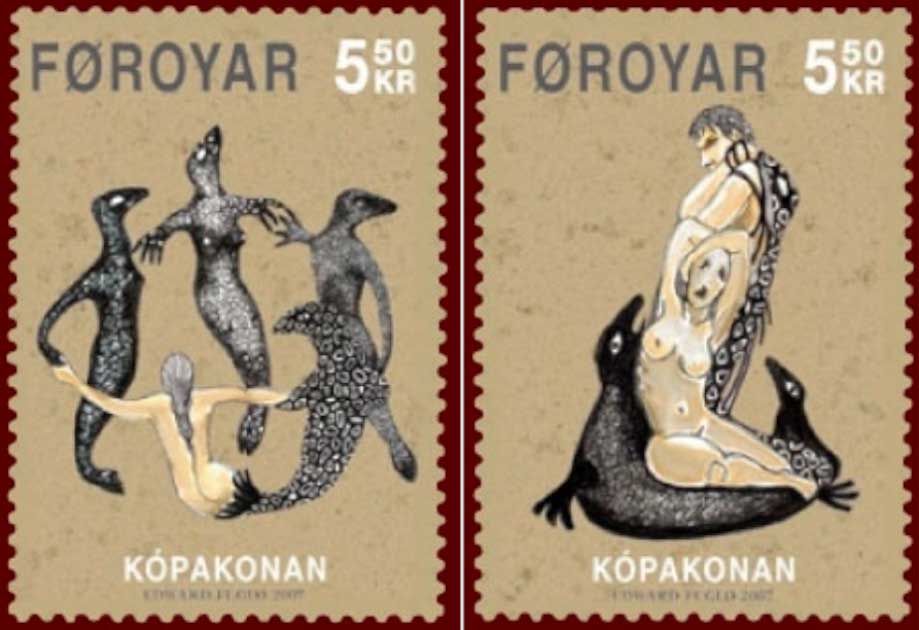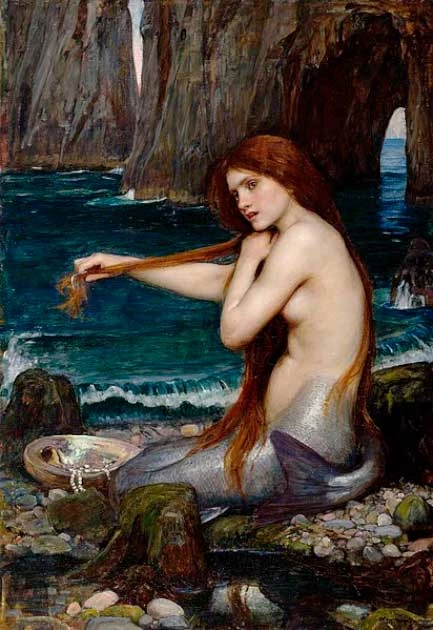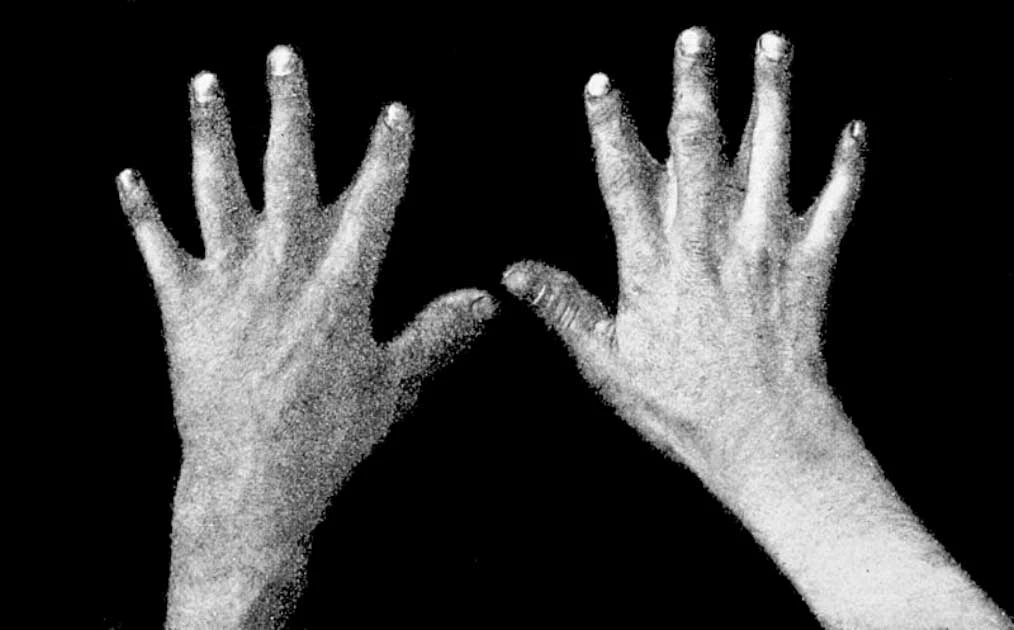One of the more extraordinary sea creatures from mythology is the Selkie. The Selkie appears in romantic tragedies, and their stories are full of yearning for the past. They are forced to remain on land because of the romantic greed of a human, who severs the Selkie’s relationship with the sea.
Selkie mythology has a common motif found in lore from across the globe. Selkies are another example of the “animal-wife” tale. A woman (men as well, but less commonly) who is beautiful is more than she seems.
These women are disguised in animal skins and live double lives as animals and men. A man sees the transformation and steals the discarded animal skin so he can marry the human form, thus “animal-wife.” No matter the animal’s species, she will always be prey and subject to the passion and lust of others who are willing to trap someone just to marry them.
Selkies are one of these creatures, and their fate is at the mercy of humans.
What is a Selkie?
A Selkie is a being who can metamorphose into animals or human-animal hybrids by shapeshifting from a seal to a human, by shedding its sealskin or pelt. While stories about female Selkies are more common, Selkies can be female or male. In many folktales, a female Selkie is tricked into a romantic relationship with a male human who has stolen and hidden their sealskin, forcing her to remain in her human form.
Selkies (also spelled: sylkies, selchies, or selkie fowk) can be found in folklore and mythology in Scotland (specifically the Orkney and Shetland Islands), Ireland, Iceland, and even the isolated Faroe Islands. The word Selkie derives from the Scots language (Lowland Scots) word selch.

Selch means gray seal, and the word selkie is the diminutive form of the same word. Gray seals are often found along the rocky shores of Scotland and Ireland.
The exact origins of the Selkie are unknown. Although the name Selkie is a Scottish word, other cultures have stories of seal people capable of taking the form of a human on land and a seal in the water. It is worth noting that many historians and folklorists believe that the Selkie comes from early modern Scottish culture.
This belief is supported because, at that time in history, many Scottish people would often marry the dark-haired shipwrecked Spaniards. The origin could also come from the Finnish and Saami indigenous women who were known to wear sealskin coats and ride in sealskin kayaks.
When these sealskin boats would become waterlogged and begin to sink, the Saami traveler would have to stop and bring their boats to shore to dry out and their clothes. This could have influenced the Selkie legends because sealskin items would be left on the beach to dry.
- Hunting for Mermaids: The Truth Behind the Myth
- A Sea Cow and a Sea Ape? The Strange Discoveries of Georg Steller
A Saami traveler removing their sealskin coats would reveal a human, and that human would be seen laying their sealskin coat on a rock to dry. It may sound like a stretch, but remember, many people thought manatees were mermaids.
What About Mermaids?
Selkies are not mermaids but rather different and dsitinct mythological characters. There is a debate among folklorists about the differences between Selkies, Merfolk, Kelpies, and Finfolk. The most significant difference between Mermaids and Selkies is that when a Selkie leaves the water, it sheds its seal skin, becoming fully human.
In traditional folklore, Mermaids can “transform their seal tail into human legs” and possess a human’s upper torso and face while underwater. Selkies are said to have kinder, more mild personalities, and female Selkies are typically portrayed as the prey rather than the predators.
Male Selkies are more predatory and are known to lure lonely women into the sea, never to be seen again. Merfolk are motivated to interact with humans to befriend them, wish to be human (like in the story of The Little Mermaid), or cause harm to sailors and ships. In Norse culture and Icelandic lore, the word merfolk (mamennlar) also can refer to “seal wives.”
While Selkies and Kelpies are both aquatic shapeshifters found in Scottish mythology and folklore, Kelpies are found in rivers and streams as opposed to the sea-dwelling Selkies. Kelpies are malicious, and folklore often recommends avoiding Kelpies at all costs.

There sometimes is some confusion between Finfolk and Selkies in Orkney stories because both creatures are shapeshifters from the ocean. Finfolk (also known as Finnfolk) are dark sorcerers who will swim up from their homes to visit the Orkney Islands. Finfolk (Finwifes and Finmen) are known to kidnap fishermen or young human men and women near the shore.
The Finfolk force their captives into eternal servitude by marrying the human. Both characters are tied to marriage with a human; however, Selkies are not searching for a human spouse and don’t kidnap anyone.
Trapped by the Cruelty of Men
For a human man to trap a Selkie or have a Selkie-wife, they must steal the Selkie’s sealskin from the beaches. Once the sealskin is stolen, it is hidden or locked away in a chest that can only be opened with a key the man wears or keeps on him at all times.
Selkie’s sealskins are unique to their owner and can not be reproduced or manufactured. Without their skin, a Selkie on land cannot return to her seal form and must live on land as a human. She is said to yearn for her old life as a seal and often stares longingly at the sea.
In all Selkie lore, the trapped female Selkie can escape to the sea to live her life as a seal once again, if only she can reclaim her sealskin. There are several ways the skin is recovered, and many tales describe a Selkie finding her missing skin in places like underneath the roof or under the floorboards.
In other Selkie mythology, the woman finds the key her spouse always keeps with him and uses it to unlock a trunk containing her skin. In every story, the Selkie flees her human life and family and becomes a seal again. Sometimes the story will explain that she had a Selkie husband and family before she was trapped in her human form and only wishes to be with her true family.

In many stories about Selkies, once she has been forced to marry the man who stole her sealskin. She must live as a human, and she often has several children with her spouse. It is often the youngest child who tells their mother where their father has hidden her sealskin for years and frees her.
In many tales, once reunited with her sealskin, the Selkie mother returns to life in the ocean as a seal abandoning her human offspring. It is said that the human children of Selkies are born with unique characteristics that make the children different from normal children of human parents.
Selkie children have been known to have webbed fingers and toes. If the webbing is cut, a thick rigid growth will form in its place. The children may have a very pale complexion and cracked skin on their bodies that smell of fish.
Selkie children’s unique physiological features may have been untreatable conditions or deformities that medicine at the time could not explain. Fairies were often blamed for children’s congenital disabilities or deformities, and the idea of Selkie children follows that same line of thinking.
There was a clan, the MacCodrums, from the Western Isles (Outer Hebrides) who were known as the “MacCodrums of the seals” who claimed to descend from a fisherman father and Selkie mother. Members of the clan could use the idea of being related to Selkies to explain a condition many in the clan had: syndactyly.

Syndactyly is a condition that results in two or more digits being fused together, a rare condition in humans. The digits can be fused together by flesh or bone, creating a flipper-esque appearance. Mammals such as the blacked-furred gibbon monkey and marsupials like koalas and possums have their second and third digit fused, which helps them climb.
While full syndactyly, fusion from the base of a digit to the tip of the digit is rare, you may know someone with this unique trait. These people have webbed fingers and toes, with some toes being fused by the flesh. Another condition attributed to Selkie children is the dry, cracked fish-smalling skin. This may have been symptoms of eczema or psoriasis, where rough patches of skin form, peel, and bleed.
Perhaps these are the selkies of myth. Or perhaps there really are seal folk, who visit these far flung islands and who can be trapped, for a while, by the cunning of men.
Top Image: Selkie statue on the Faroe Islands. Source: Siegfried Rabanser / CC BY 2.0.
By Lauren Dillon